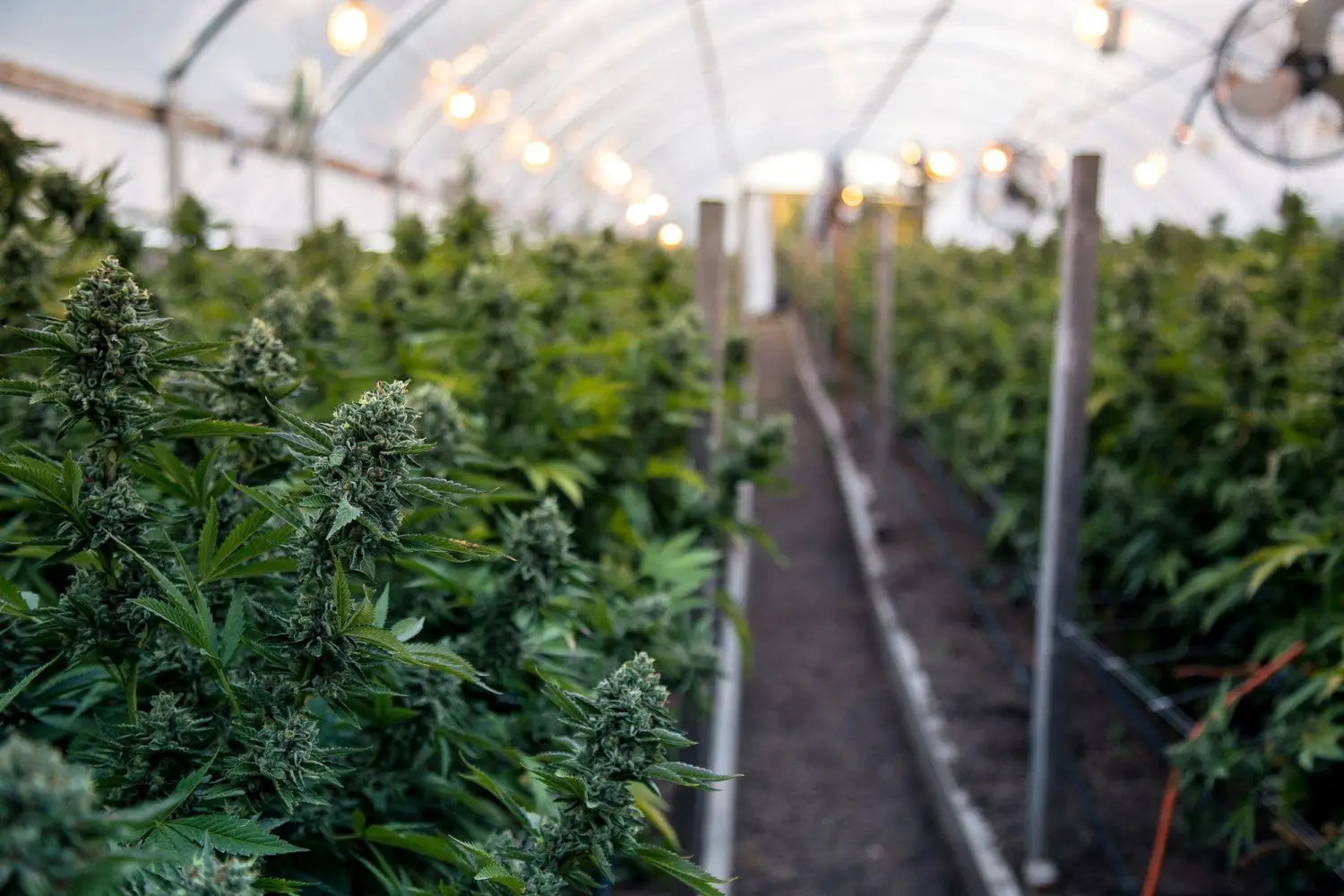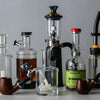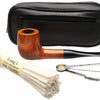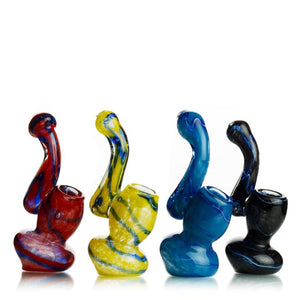7 Cannabis Growing Tips to Help You Maintain a Healthy Plant

7 Cannabis Growing Tips to Help You Maintain a Healthy Plant
Looking for a few cannabis growing tips?
Did you know marijuana is now legal in 8 states? They include Washington, Oregon, California, Nevada, Alaska, Colorado, Michigan, Maine, Massachusetts, and Vermont. But even those states require you to carry a medical marijuana card to grow your own weed.
After you get your card, the hard part starts. Now you must grow it. For many, that’s more difficult than it may sound.
Don’t worry, we’ve got your back. In the sections below, you’ll find seven top tips on growing weed. When you’re ready to master the art of mouthwatering buds, read on.
Get the Right Genes
If you want to grow and smoke the dankest bud in the country, you don’t start by purchasing the best rolling papers or other weed accessories. You don’t start with the best scissors, lights, or fertilizers. You have to start from the ground up.
The first thing you need to ensure healthy crops and sticky buds are good genetics. That, of course, all starts with your seeds.
Start with genetic strains you know are healthy and tasty. We recommend you seek either a local distributor or a well-renowned mail-order distributor. In either case, pick a strain you know you love.
If you’d rather rely on expert taste buds instead, choose a reputable source from High Times Magazine or your marijuana dispensary. Then seek their advice on strains. Here are some of our favorites:
- Afghani
- Hindu Kush
- Northern Lights
- Purple Urkle
- AK-47
- Fruity Pebbles
- Sour OG
- White Widow
- Dirty Girl
- Maui Wowie
- Sour Diesel
Next, you have to figure out whether you want to start with feminized seeds or clones. You can choose clones only if you have a local distributor. Clones wouldn’t survive a trip in the mail.
The Right Soil
Your soil is not only the substrate in which you plant your clones or seeds, but it's also their food. Store-bought soils come with nutrients already included. In many cases, your plants could live out their life cycle in this soil without any added nutrients and still grow a healthy crop.
Poor quality soils, on the other hand, must be supplemented with other plant nutrients. That’s one of the reasons to avoid digging up dirt from your back yard and shoving your plants in.
Store bought soils come packed with nitrogen (N), phosphorus (P), and potassium (K). They’re three of the main elements needed to produce dense buds. The soil is also filled with perlite, a form of perforated obsidian that helps plants and soil breath.
Fertilizers
If you’re growing your plants under high-intensity bulbs, you should include plant supplements into your routine. It’s our second of our pot growing tips. High-intensity lights make plants go through rapid growth spurts. To take advantage of this rapid growth, your plant needs extra nutrients.
We recommend broad-spectrum bloom fertilizers and boosters. They give your growing buds what they need and are simple enough that novices can use them safely. If your leaves turn from a healthy dark green to a pale yellow, you’re giving your plants too much.
This is called a nutrient lockout. High salt contents in chemical fertilizers can build up in the roots of your plants. The buildup creates a blockage that won’t allow other chemicals to pass.
If it happens to you, don’t worry. All you have to do is lay off the fertilizers for three days and flush the soil and roots with excessive water. Then your plants will be good to go.
Give Your Plants Enough Light
In theory, plants can be exposed to an infinite amount of light and be healthy. Plants turn that light into energy that they can use to grow and bloom. This process, as you may remember from the 5th-grade science class, is called photosynthesis.
Now, to grow dense, sticky buds, your plants need huge amounts of energy. When light hits the leaves, chlorophyll converts this energy into sugar. The cannabis plants use these sugars to produce buds and resin.
If you’re growing outdoors, make sure to pick a spot that gets sunlight all through the day. If you’re growing indoors, use at least 600-watt high-power sodium bulbs for your flowering stage. 1000-watt bulbs are preferable, but incompatible with some setups due to power usage and heat production.
Ventilation and Airflow
Plants need to breathe just like humans. But unlike humans, they don’t have lungs to force air in and out. A similar process is performed by nature. It’s called wind.
If you’re growing your plants outdoors, nature will take care of this for you. If you have an indoor setup, you need to artificially produce wind with fans. Any type of fan that creates a gentle breeze will work, but we recommend one that oscillates to ensure proper airflow.
Another problem that happens with indoor setups is humidity. When you keep plants in a room with stagnant airflow or too much humidity, you end up with mold. Humidity and insects are the top killers of cannabis.
Temperature Regulation
According to Forbes Magazine, these other states will legalize pot in 2019:
- Connecticut
- Illinois
- Minnesota
- New Hampshire
- New Jersey
- New Mexico
- New York
- Rhode Island
The weather in many of these states limits cannabis growers to indoor setups. Unfortunately, one of the largest problems for indoor growers is temperature control. If your room is too hot, your plants will wilt and buds burn. If it’s too cold, they stagnate, producing smaller, less potent buds.
In ideal conditions, your room should maintain a daytime temperature of 18-26 degrees Celsius. For nighttime, your room should be below 24 degrees Celsius. You can drop the temperature down around 10 degrees at night without adverse effects.
If you’re wondering why it is simple. Your plants go into a low-energy cycle when the lights go out. They don’t as much or work as hard as they do in the daytime.
Monitor Humidity
One of the best marijuana grows tips is keeping an eye on humidity. Yes, even after you improve airflow and ventilation in your room.
Humidity always rises after you water and the lights come on. It comes from the water evaporating in the warm, circulating air. And as we mentioned before, too much humidity causes mold which will ruin all your crops.
During your plants' flowering stage, they prefer humidity around 40%. More runs the risk of mold, so less is better. Always err on the side of lower humidity.
What’s Comes After Cannabis Growing Tips?
Now that you have some expert cannabis growing tips, it’s time to get your hands dirty. Honestly, the best way to learn and become an expert yourself is to get in there and make some mistakes. Then research what went wrong and how to fix it.
It’ll ensure you never make the same mistake twice. To read more about all things pot, head over to our library full of other marijuana-related articles.
So long and good luck!
-
Posted in
cannabis growing tips






